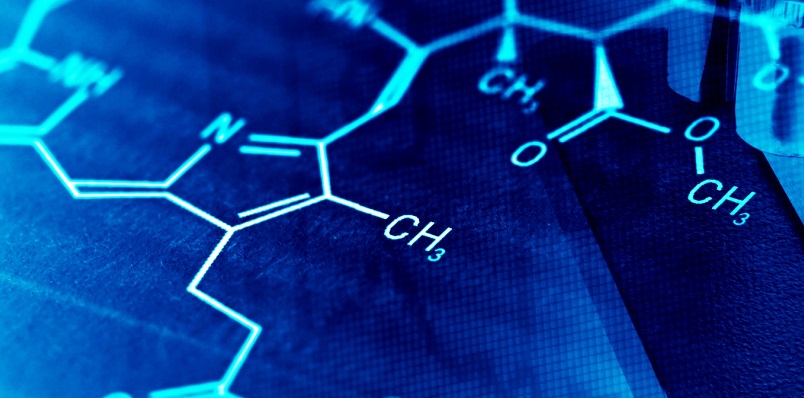Last Updated: November 9, 2025
Introduction to β-Mannosidosis
Beta-mannosidosis (β-mannosidosis) is an autosomal recessive disorder that belongs to the family of disorders identified as lysosomal storage disorders. This disorder is characterized by the lysosomal accumulation of the disaccharide moiety Man(β1,4)GlcNAc which designates a mannose and N-acetylglucosamine linked via a β1,4 glycosidic bond. This disaccharide accumulates as a consequence of defects in the lysosomal hydrolase, β-mannosidase A.
Molecular Biology of β-Mannosidosis
Humans express several genes encoding mannosidase enzymes and these genes are divided into two families called mannosidases type alpha and mannosidases type beta. The mannosidase type alpha family is further divided into three subfamilies identified as alpha class 1, alpha class 2, and endo-alpha. The alpha class 1 subfamily contains seven genes. The alpha class 2 subfamily contains five genes, and the endo-alpha subfamily contains two genes.
The mannosidase type beta family is composed of two genes, MANBA and MANBAL (mannosidase beta like). The β-mannosidase A enzyme is encoded by the MANBA (mannosidosis, beta A) gene. The MANBA gene is located on chromosome 4q24 comprising 19 exons encoding an 879 amino acid precursor glycoprotein.
As of 2025 there have been a total of 68 pathogenic mutations identified in the MANB gene that result in β-mannosidosis.
Clinical Features of β-Mannosidosis
The most consistent clinical findings in β-mannosidosis are intellectual impairment, hearing loss, and respiratory infections. Unlike the related disorder, α-mannosidosis, patients with β-mannosidosis do not show corneal opacities, hepatosplenomegaly, nor dystosis multiplex. Almost all patients appear to be normal at birth, symptoms are mild by comparison to other lysosomal storage disorders and appear between 1 and 6 years of age. A definitive diagnosis of β-mannosidosis can be made by the measurement of β-mannosidase activity in leukocytes or fibroblasts.

